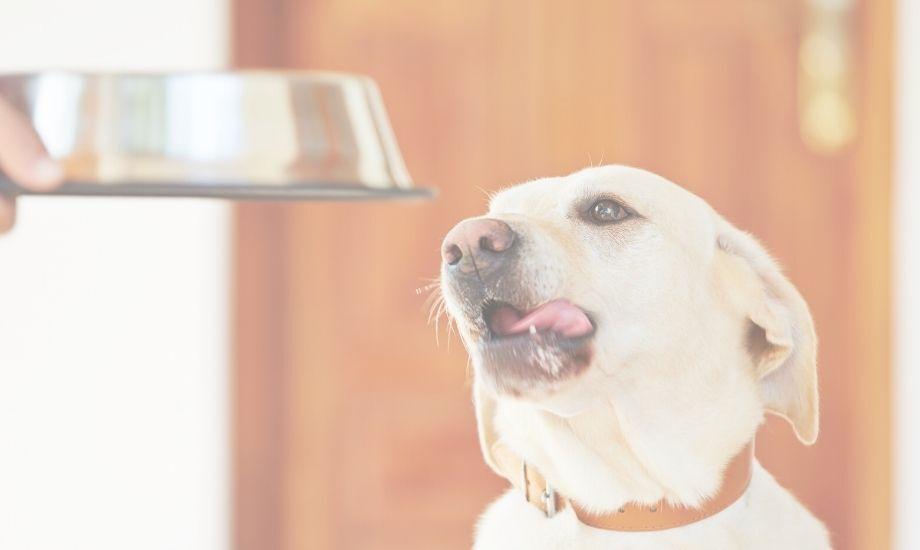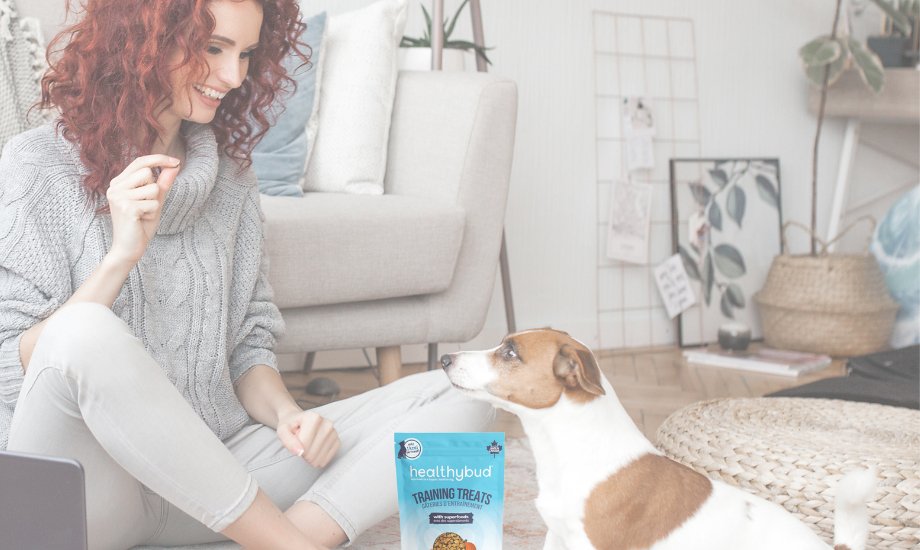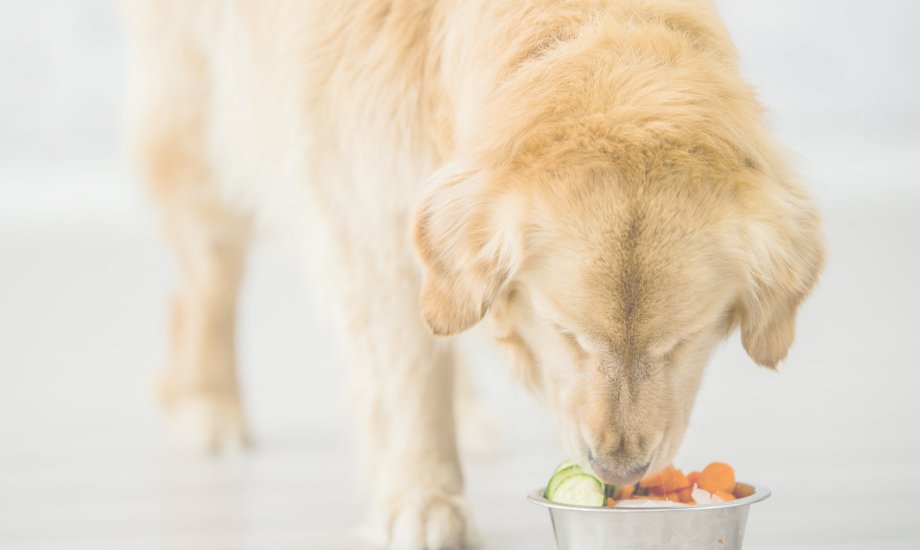The world of pet nutrition can definitely be overwhelming! We experienced it when we got our first pup. There are so many options out there, and it can be so confusing to know what is the best option... You’ve probably heard of raw food diets for dogs, but did you know that there are also freeze-dried, dehydrated raw, and lightly cooked options? Each of these diets offers something slightly different, so let’s look at their individual benefits and the differences between them!
Raw Food
Raw food diets are meat-based diets that use raw, uncooked ingredients. Since these diets are not processed, they tend to be high in vitamins, enzymes and bio-nutrients. When foods are processed at a very high temperature, they lose a lot of these nutrients and enzymes. Raw diets generally consist of muscle meats, with organ meats added for additional vitamins and minerals, bone (often ground) for calcium, and fresh vegetables. These diets can be homemade or purchased prepared, either fresh or frozen.
Feeding a raw diet that is fresh or frozen does come with some risks. If you make your own food at home, you are likely using meat purchased from the grocery store or butcher that is intended for human use and designed to be cooked, which can lead to a higher risk of bacteria such as Salmonella and E.coli. Additionally, it can be difficult to ensure your pup is getting the full range of vitamins and minerals they need. It can be messy to feed these diets as well, and unappealing for those who aren’t comfortable handling meat. A homemade raw diet can be very time consuming to prepare as well. Lastly, raw foods do take more effort for the body to break down, which isn’t an issue for a young and healthy dog’s digestive system but may be difficult for older pups or those with health conditions.
Dehydrated Diets
Dehydrated diets are still raw diets, but they have been processed at a low heat for a long time to remove moisture. If dehydrated diets are processed at a higher heat, they fall into the gently cooked category. Benefits of this diet are that they are generally lighter and easier to transport and do not require thawing. Some bacteria may be reduced through dehydration, although not all of it. If you or your pup prefer feeding kibble, dehydrated diets often mimic this texture without added preservatives.
The dehydration process does result in a harder texture which may need to be rehydrated depending on your pup’s preferences. Although this process is still quicker than preparing a fresh raw meal, it can take about 5-10 minutes. Depending on the temperature that the food was dehydrated at, vitamins and nutrients can be lost during this process.
Gently Cooked
Gently cooked diets take the raw ingredients and heat them to a required temperature to kill off E. coli, salmonella and other pathogens. This category of food can be confusing - is it cooked, or raw? These diets are indeed cooked, but done so at much lower temperatures than kibble, and even home cooked diets. The purpose of this process is to remove the risk of feeding raw diets while maintaining more of the nutrients that are lost when cooking at high temperatures. To add to the confusion, terms like gently cooked, partially cooked, lightly cooked, and cooked frozen all refer to the same process. Some manufacturers add in fruits and vegetables after the meat is cooked, while some cook everything together in a sous vide method (vacuum sealing everything and immersing it in warm water). These diets are typically frozen for longevity, which does mean pet parents will need to have freezer space as well as allow for thawing, similar to fresh frozen raw diets.
Freeze-Dried Diets
Similarly to dehydration, freeze-drying is a natural process that removes moisture to make a diet more stable and extend its shelf life. Essentially, the food is placed under low temperatures where it is frozen, then pressure is lowered and ice is removed through sublimation (the ice goes straight from a solid state to a gas, skipping the liquid phase). Compared to dehydration, freeze-drying maintains more of the nutrients, minerals and vitamins since there is no chance of cooking the product. This allows for your pup to experience the benefits of fresh raw diets without having to worry about the mess.
Freeze-dried foods can often be served as is (generally in a harder, more kibble-like form) or rehydrated. It is never a bad idea to increase moisture in your dog’s diet, but it is important to follow the manufacturer’s guidelines on how to serve their food.
All of these forms of raw diets have their own benefits and drawbacks. It’s important to pick a diet that you feel comfortable with and that suits your lifestyle. What works best for you and your pup may be different than what works for someone else! It is also a good idea to speak to your vet before making any changes to your dog’s diet. If your vet doesn’t support your decisions on your dog’s nutrition, it could be helpful to find a veterinarian who takes a more integrative approach.





